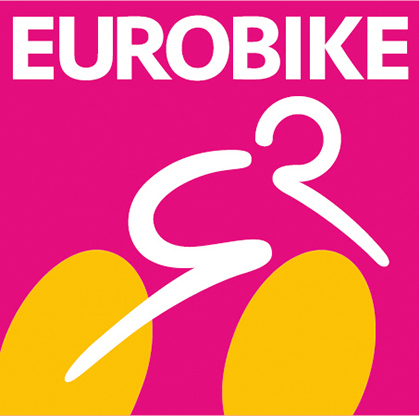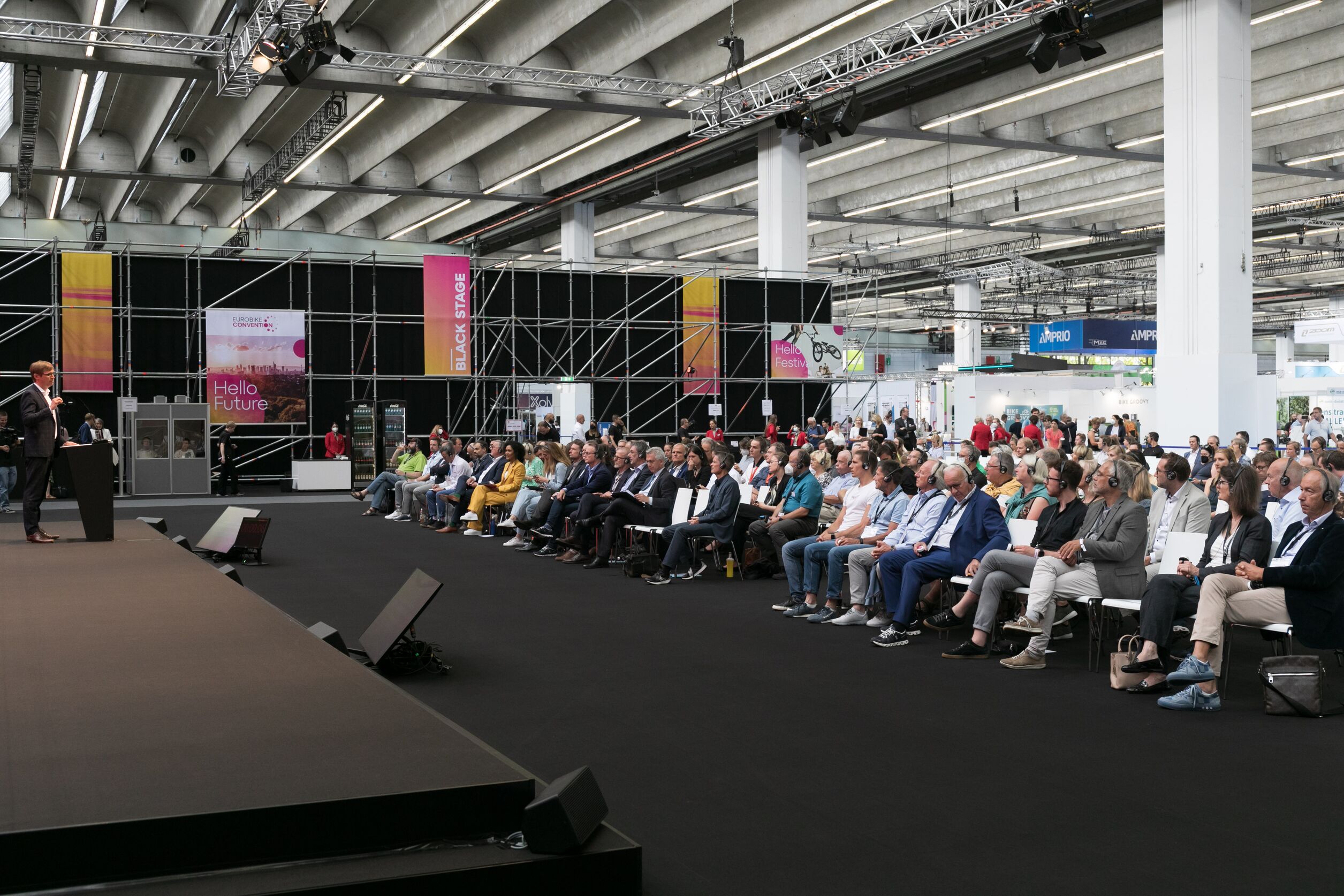Approach & concept
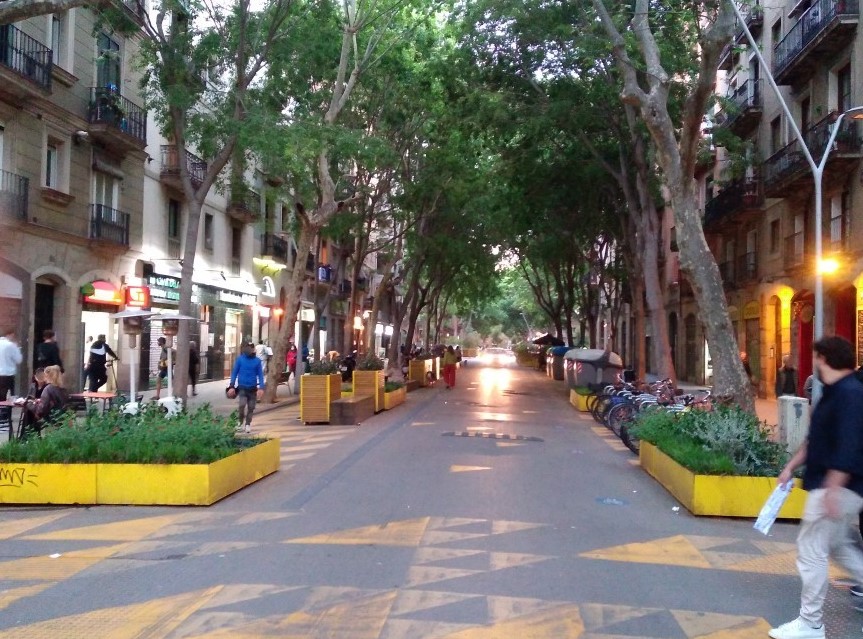
The superblock concept was first introduced in Barcelona’s Gràcia district back in 2003 when it established two superblocks. Around ten years later, the city initiated further superblock schemes (in 2012-2015 and 2016-2019). From 2016, a number of superblocks, (singular: ‘superilla’/ ‘superilles’: plural) were introduced.
Although there is no actual agreed definition, the organisation Changing Cities describes the approach like this: “Superblocks means giving urban neighbourhoods a better quality of life, greater climate resistance, and a safer pedestrian, cyclist and public transport infrastructure without vehicle through traffic.” As such, it gives highest priority to pedestrians and cyclists, introduces the slowest possible traffic speeds (max. 30 km/h), prevents motorised through traffic, ensures that there is a good public transport connection from the edge of a block and improves the overall quality of its public spaces.
In addition to Barcelona, a further Spanish town, Victoria-Gasteiz (northern Spain) identified 77 potential superblocks in 2009 and went on to implement 17 of them. The trigger for urban planning was the constantly increasing car use in this very compact city, which is ideal for non-motorized traffic (on foot or by bike).
Other countries have followed a similar approach, for example Ghent’s ‘Circulation Plan’, Groningen’s ‘Verkeerscirculatieplan’, Amsterdam’s ‘traffic calming or traffic shy’ concept, London’s ‘low traffic neighbourhoods, Vienna’s ‘Supergrätzl’, and Paris with its ‘15-minute city’. In Germany, a range of different terminology is deployed. The term ‘superblock’ is used, as well as other city-specific terms, for example ‘Kiezblock’ in Berlin, ‘Veedel’ in Cologne and ‘Heinerblock’ in Darmstadt.
The process
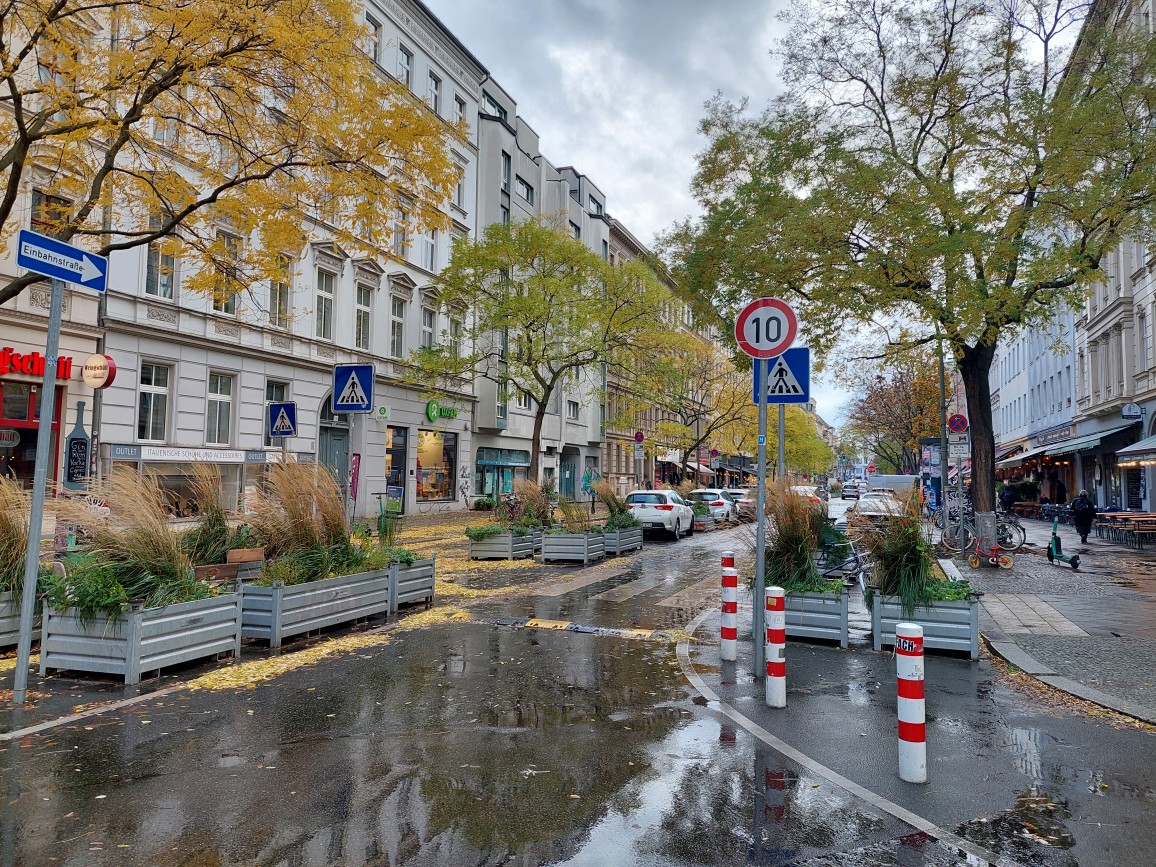
The process to introduce a "traffic calmed zone” starts in two different ways. Either bottom up or top down. The bottom-up process is initiated by people living in the area. By, for example, organizing a petition to support their request (residents’ questionnaires, public petitions), public demonstrations and discussions with local politicians and policymakers for their local neighbourhood.
The ‘top-down’ process is initiated from above by local politicians or local government. Both methods have led to the introduction of traffic calming in neighbourhoods. In the bottom-up process, local people are automatically actively involved in the process, during talks to collect signatures or other forms of action. However, it’s still important here to ensure that the local population is actively and inclusively involved in an organized manner – the same as in top-down processes.
On the one hand, local people are often most aware of where there are difficult traffic situations or areas which are unsafe, they know where traffic is noisiest and generally have strong ideas about where measures should be introduced to improve quality of life. However, people often express concern when it comes to planned changes to traffic management or public spaces in their neighbourhood. By involving a wide cross section of society, allowing enough time and actively involving all parts of the community, these concerns can be alleviated. During the initial phase (Concept Phase), it’s important to keep the local population constantly updated and informed about the concept via talks, information events, internet, post, posters etc.
Evaluation results

In Victoria-Gasteiz, after superblocks were introduced around the ‘Sancho el Sabi’ street, there was a significant reduction in CO2-, air pollution, noise exposure and traffic. The number of pedestrianised areas in the neighbourhood increased from 45% to 74%.
In Barcelona, after superblocks were established in the Poblenou district, “virtually no traffic-related accidents” were registered. There has been an influx of new residents to the area, in particular as young people have moved into the neighbourhood (the area lies in a former industrial zone and was relatively sparsely populated in 2014). In addition, the number of ground level shops has grown, which has led to a 30% increase in local businesses. Now that cars are unable to drive through the area, traffic on the roads surrounding the superblock has reduced on two sides (by 30% and 15%) and increased on one side (by 30%). This shows that car traffic has not risen in the surrounding areas, it has in fact fallen. Moreover, in Gràcia, ten years after a superblock was introduced, the number of pedestrians has increased by 10% and the number of cyclists by 30%. By contrast, the amount of car traffic decreased by 25%. Overall, the city reports that the superblock concepts have reduced motorized traffic and nitrogen dioxide pollution.
In Vienna, the ‘Wiener Supergrätzl’ was introduced with a pilot phase from 2022 to 2023. This was then followed by a survey. This showed that the plan was politically acceptable because it was seen as a pilot project. In particular, the 1:50 scale street festival plan and the superblock plan 1:50 scale images proved very popular. The survey also showed that women in particular see public spaces as very important.
In Hamburg, the ‘Ottensen macht Platz’ pilot project with evaluation was conducted by Hamburg Technical University in the Ottensen district in 2019. Before it was introduced, there were fears that the neighbourhood could turn into an area just for loud bars and partying, that it would cause problems for delivery services, negative impact for retailers and rising rents. However, the evaluation showed that people felt that quality of life had improved. In addition, people felt safer, that there was greater traffic safety for children and that the traffic situation for bikes and pedestrians had improved. What’s more, traffic noise decreased during the pilot phase.
Legal implications
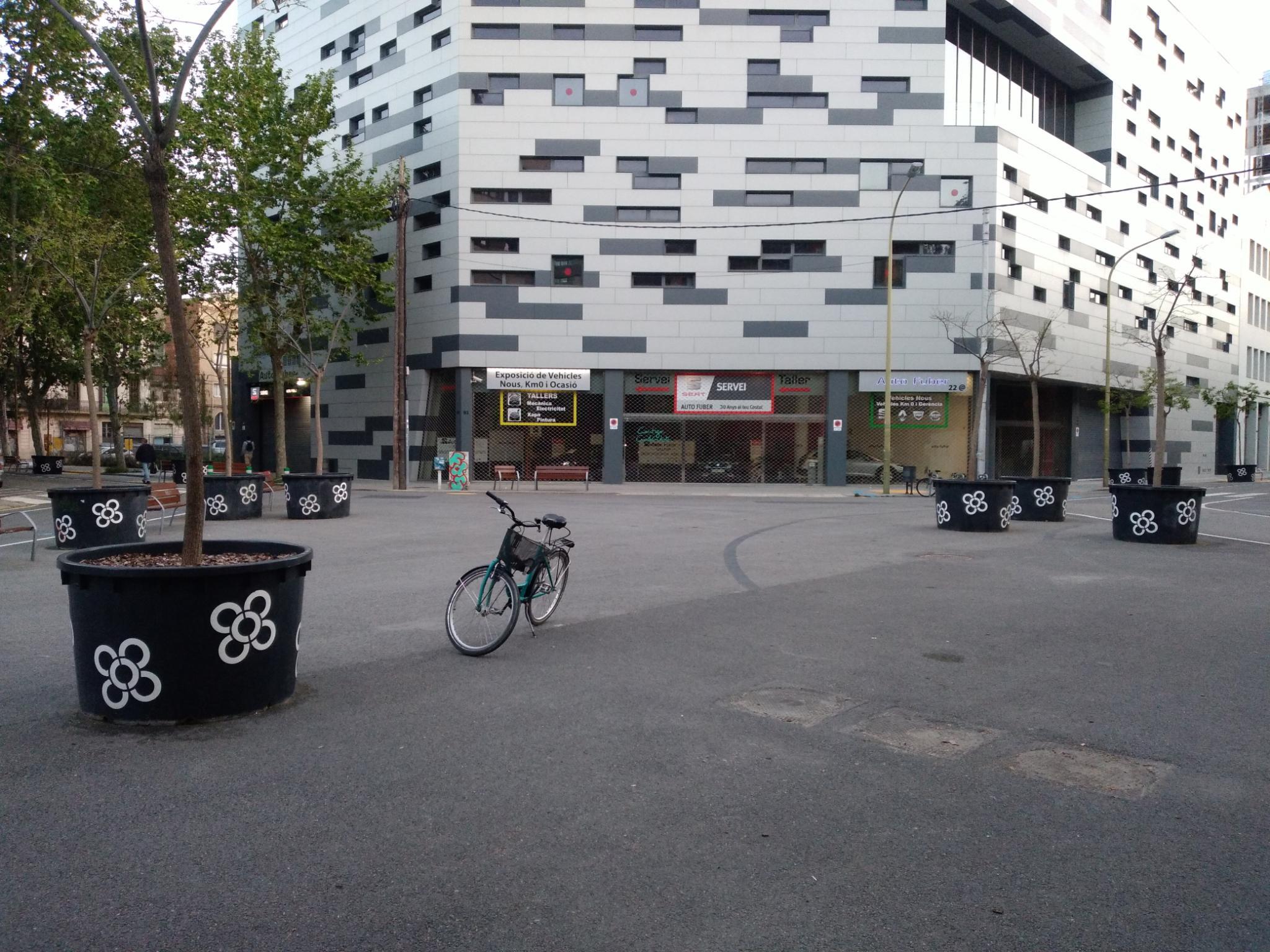
Due to existing traffic legislation, it is often difficult for neighbourhoods and local authorities to rededicate roads, street areas and public spaces. In general, it’s been shown that it is a good idea to justify and introduce changes based on political decisions and existing urban planning and traffic concepts.
In Berlin, measures such as ‘modal filters’, also known as ‘point closure’, where road design restricts the passage of certain types of vehicles, and the introduction of one-way streets have been introduced based on German road traffic regulations (StVO) to support urban development in accordance with section 45, paragraph 1b, point 5 of the German Road Traffic Act.
Traffic-calming measures can generally be tested as trials. To carry this out, since 2020, it is no longer necessary to prove that hazardous situations will not occur, however scientific supervision is required. In many cases, this may prove very helpful, although it can prolong the process and require additional budget. In general, protection from noise and pollution can be cited as justification, where there is no corresponding local data.
In Hamburg, the ‘Ottensen macht Platz’ traffic calming pilot scheme and subsequent ‘freiRaum Ottensen’ project were sued. For districts and local authorities considering introducing such measures, careful reading of the verdict of the Hamburg Administrative Court’s decision is highly recommended.
Perspectives
Large numbers of cities in Germany and across Europe are currently working on introducing traffic-calming measures, to improve the quality of life in neighbourhoods and districts. In addition, there is now a broad civil movement, for example see the campaign by the organisation Changing Cities for ‘Superblocks bundesweit’ (superblocks across Germany) to promote ‘change from below’. In future, we can expect to see an increase in implementation of these concepts. How quickly and to what extent this happens will depend greatly on local protagonists in cities and communities.
